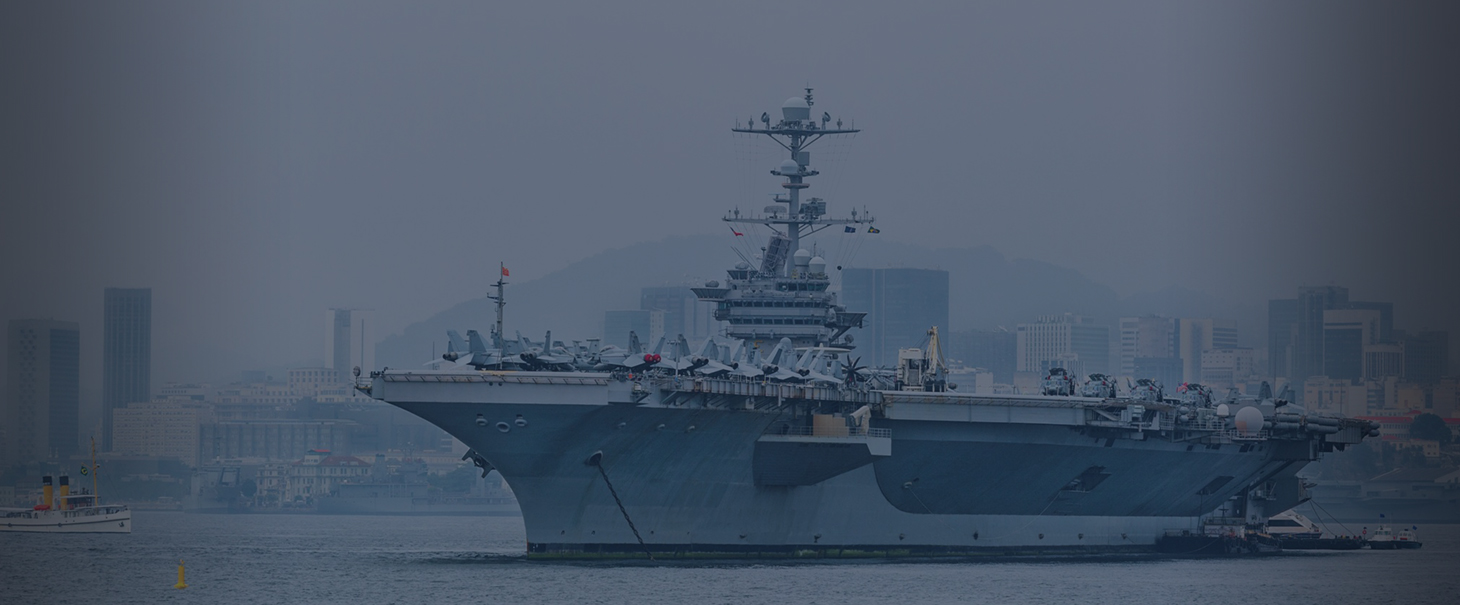EXPERT
Issues
Locations
DOWNLOAD
Joseph Humire testifies in a hearing by the House Committee on Homeland Security Subcommittee on Oversight and Management Efficiency on the “Threat to the Homeland: Iran’s Extending Influence in the Western Hemisphere” held on Tuesday, July 9, 2013, at the Cannon House Office Building.
Opening Statement
Chairman Duncan, Mr. O’Rourke, and distinguished members of the Subcommittee. Good afternoon, and thank you for inviting me to appear before you today to address an issue that I have been researching very closely over the last three years.
Let me begin by saying that after a lengthy three-year investigation, that has taken me to 15 countries throughout the Hemisphere, and after very close examination of the data collected: I’ve arrived to the conclusion that Iran’s influence in Hemisphere—is definitely growing. But let me put this into context. Some analysts, when studying Iran’s influence in Latin America, will compare them to other extra-regional state actors, such as China, or perhaps even Russia. Some may go as far as to compare them to the United States. But this is a faulty analysis. When examining Iran’s influence in the region it is imperative to get the benchmark right.
Comparing Iran to other extra-regional state actors is comparing apples to oranges. The only way to get an accurate sense of whether Iran’s influence is evolving, growing or perhaps even “waning” is to compare their influence today to what it was yesterday. Essentially comparing apples to apples. And when you look at this data set, in almost every indicator, whether its trade, diplomacy, cultural exchange or the more dangerous asymmetric indicators—the trajectory is upward. This upward trajectory has had at least four significant spikes since the 1979 Iranian revolution. The first two (1983 & 1993) were indicative of geopolitical events in the Middle East. The latter two (2005 & 2008) are indicative of geopolitical events in this Hemisphere, specifically in Latin America. In 2005, Venezuela and Cuba established the political power project, known as the Bolivarian Alliance for the Americas, more affectionately known as ALBA. By 2008, in just three years, this alliance had already captured targeted governments in Bolivia, Ecuador, Nicaragua, as well as several satellite Caribbean countries—effectively shifting the balance of power in the region towards Iran’s favor. In fact, both Iran and Syria now enjoy official status as observer members to the ALBA alliance. Yet, some may say so what? After all, the ALBA alliance is made up of some of the poorer and smaller countries in Latin America, with weaker militaries. But this is only mostly true, if you choose to examine each ALBA member as an individual nation-state.
If you study, however, the ALBA through the lens in which they view themselves, as a unified block, you realize that their cohesive nature operates more as a “revolution with borders”—in which the sum of its parts is greater than any single member nation. Moreover, if you add de-facto members, such as Argentina, who has moved increasingly closer to its Bolivarian brothers, than this geopolitical alliance is much more powerful with a population of 100 million, a Gross Domestic Product of US $1 Trillion, spanning across 3.5 million square kilometers.
In effect, this makes the ALBA alliance larger than Mexico and a rival to Brazil. So how does this relate to Iran’s influence in the region? Quite simply, Iran’s influence in Latin America is dependent on ALBA’s influence in Latin America, and frankly the Bolivarian’s have been able to dominate the narrative in the region for over a decade Latin America today is not the same as it was yesterday, and Iran has had more than 30 years to study the political patterns and socio-economic trends in the region. Much of this is highly detailed in the reporting by Argentine Prosecutor, Alberto Nisman—whose research identifies several precedents for Iran’s contemporary Asymmetric activities:
- The use cultural exchange and trade/commerce as official and non-official covers to insert Iranian spies and subversives into the region.
- Creating and underwriting “dual-use” Mosques, and other Islamic organizations that operates as covert intelligence centers.
- Cultivating and radicalizing native Latin American Muslim-converts to act as “agents of influence” on behalf of the Iranian revolution.
And this was before Iran had regional state sponsors for their asymmetric activity, as they do now. Today, Iran uses the same modus operandi that led to one of the worse Islamic terrorist attacks in the Western Hemisphere prior to September 11th, and has enhanced their asymmetric capabilities through the de-facto legitimacy of ALBA that offers Iran political cover in Latin America. I detail some of these asymmetric capabilities in my written testimony, but let me provide a quick summary:
- Through Venezuela and Ecuador, Iran has established preferential banking relationships providing them with a strategic advantage to skirt U.S. and international sanctions.
- Through a Cuban and Venezuelan intelligence operation, Iran has capitalized on a variety of fraudulent identification schemes camouflaging their entry into North America. Canada is particularly vulnerable to this threat.
- Lastly, Venezuelan and Bolivian state owned, or –controlled enterprises in the energy and transportation sector provide a veil over Iran’s growing and unprecedented military industrial footprint in the region.
Each of these capabilities provides a unique threat to U.S. Homeland Security. Mr. Chairman, too often we as analysts make the mistake of looking for a smoking gun. The active terrorist plot—the million-dollar wire transfer—the missile silo on a peninsula—but in reality, Iran and the Bolivarians are too clever to make such a mistake. After all Iran is the country that invented chess, and every move they make in the Hemisphere is calculated, thinking at least two-steps ahead. But just because we see nothing on the surface, does not mean that there is nothing beneath the surface. Better said, the absence of evidence is not the evidence of absence. A THREAT is the potential for harm, and from my three-year investigation, I’ve assessed that Iran definitely has the potential to harm the United States and our Allies in the Western Hemisphere!
Download the full written statement on the left sidebar.


 Joseph M. Humire
Joseph M. Humire